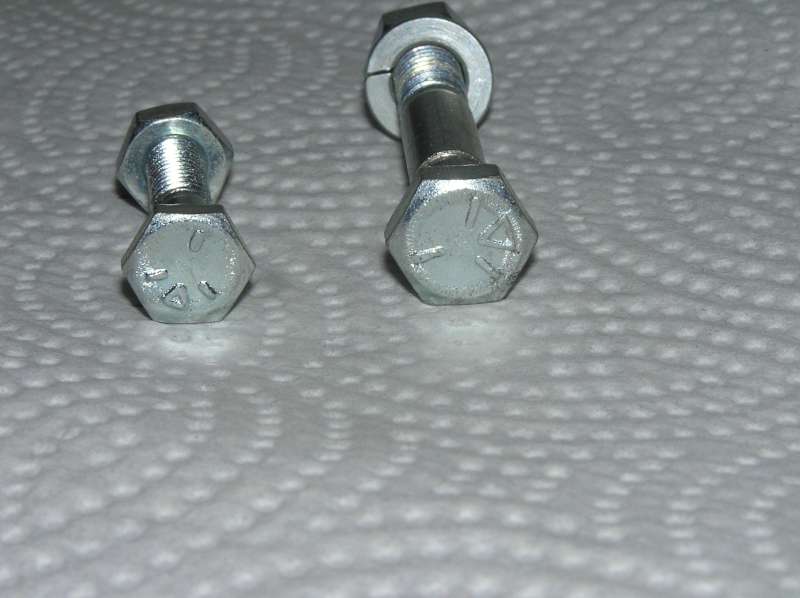SagorAny email can have the "from" address spoofed. Thus, this so called return address may or may not be legitimate. You can usually right click on most emails and look at the full headers or full content, to see if there are any links. Links that point to anything but Kubota.ca would indicate the email is fake.
I use a service called Spamcop (spamcop.net) to process all my suspicious emails (spam). It parses the full headers and lists where the email really came from (you have to be able to extract the full email headers however).
Another option is to move the email to your junk folder, open it safely (most junk folders do not allow live links), simply hover your mouse pointer over any link (but NEVER click), and most browsers will show where the link goes to. If the displayed link is different than the actual link, it is a fake link, hence fake email.
There are other options, but they get more technical yet.
An technical email question I would appreciate your answer to.
I received an email this am purporting to be from my telco. I first tried clicking reply thinking it might give the same info you mentioned in the post quoted, but that option was greyed out.
My next step was to click forward and then I saw the email address was @jules.com which certainly is not my telco. Suddenly I noticed the original email was being displayed with a space above for me to add the normal stuff to any message you forward to someone.
Is forwarding it the same as opening it and a bad way to deal with suspicious mail?
I should have read your suggestion about the junk mail folder more thoroughly the first time but I did not appreciate what benefits that folder provided.
I just tried the right click on a normal email from this forum and what happens in my Outlook is the following menu opens.

I right clicked on the email in my inbox. Should I be doing that at another time?
Dave M7040







